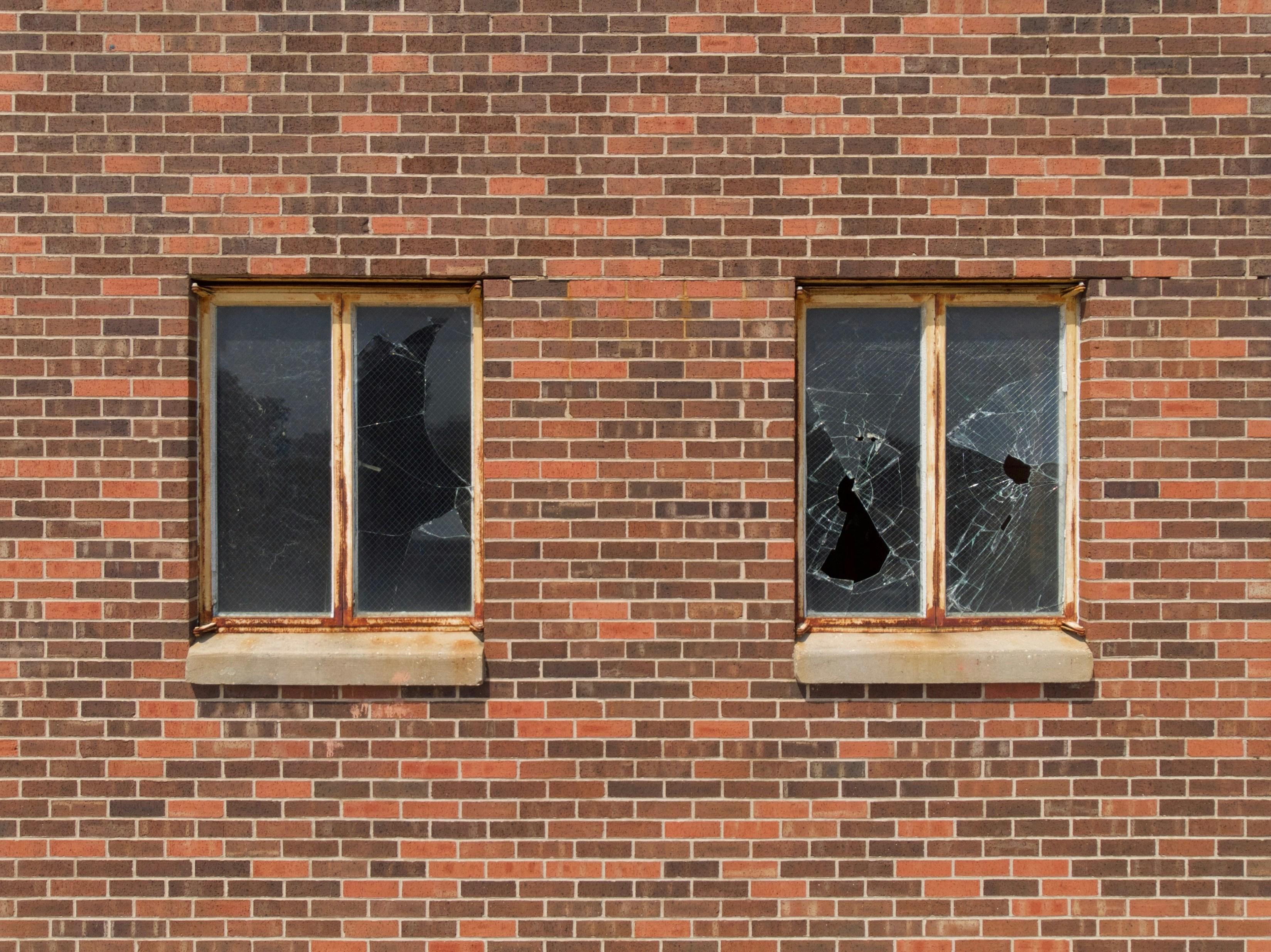What Is Home Emergency Cover? Our Expert Guide
Discover the ways home emergency cover can protect your property and how to choose the right policy for you.
Published:
When you purchase through links on our site, we may earn an affiliate commission. Here's how it works.

Many things can go wrong in your home—from accidental damage to broken systems and even roof damage from bad weather. And you might need urgent repairs. Luckily, with a great home insurance policy that includes home emergency cover, you can rest easy knowing that the cost and hassle of arranging a tradesperson visit are taken care of.
Whether you’re a first-time homebuyer, a landowner, or a renovator, you need to know what’s included in home emergency cover, how to manage the cost of home insurance, and how to find the best insurance options for your home. We explain everything in the guide below.
Key takeaways
- Home emergency cover means that if an unexpected situation endangers your home, health, or safety, your insurer will arrange and pay for a tradesperson to visit.
- Home emergency cover may add extra cost to your standard home insurance policy.
- Most home emergency cover includes common issues like pest infestation, plumbing, and heating malfunction.
What is home emergency cover?
Home emergency cover is a form of home insurance that ensures you get help quickly if there’s an unexpected incident on your property.
The provider usually sends a tradesperson from their network to fix the issue, and the cost is covered up to a specific limit. Repairs are generally minimal or temporary to ensure your safety and security, but they won’t address long-term issues.
How home emergency cover works
Your standard home insurance policy may include home emergency cover, or you may need to purchase it as an add-on. Some providers offer different levels of coverage at various price points.
Once covered, if an emergency arises inside your home (such as a boiler leak or a burst pipe), the insurer will arrange for a tradesperson to visit and fix the issue. Some providers offer 24/7 support via dedicated phone lines, and others guarantee a solution within a specified time limit.
The insurer will cover the cost of the tradesperson visit plus any parts or replacement appliances up to a claim limit.
What is considered an emergency?
An emergency usually refers to an unexpected incident that could permanently damage your home, risk someone’s safety, or leave your home vulnerable to thieves. It’s a one-off event rather than ongoing wear and tear.
What is covered by home emergency cover?
Home emergency cover usually includes repairs for your:
Electrical system
When an electrical failure in your home causes power loss, your insurance provider will cover the cost of repairs, whether it’s a wiring fault, a faulty fuse box, or some other issue the company covers. However, emergency cover doesn’t include general power cuts in your neighbourhood.
Plumbing
Leaking or burst pipes, blocked sinks, and clogged toilets are covered, but usually only inside your home. Fixing a problem quickly can prevent water damage to the fabric of your home and your belongings. The last thing you want is to rush around looking for a plumber’s phone number when your kitchen is underwater.
Heating
Emergency cover typically allows claims for a central heating breakdown or lack of hot water due to boiler failure. However, the boiler’s age and service history often determine whether it’s covered. If included, your policy may also offer an annual boiler inspection. A check-up is a great way to prepare for winter — the last thing you want is a broken boiler in the coldest months!
Roof
Weather damage to your roof exposes your home to the elements and is usually covered. Other significant incidents, like roof or window damage from falling trees, could also be included. Given the typically high cost of repairing a broken roof, emergency cover is a good way to protect your home.
Security
Broken locks or windows can make your home vulnerable to thieves, but home emergency cover will repair them. Getting these fixed in good time can help you safeguard your possessions and give you more peace of mind.
Pests
Your home emergency insurance provider will pay to remove common pests like mice, rats, and wasps, which can damage your property and risk your health. Check your policy to determine which pests are covered. It might not include all situations, especially unusual invaders, like grey squirrels in your attic.
What is not covered by home emergency cover?
Several exclusions are standard in home emergency cover, so it’s essential to check your policy carefully before you commit. These can include:
- Damage from normal wear and tear
- Removal of pests like bees or moths
- Stolen house key replacement
- Wiring or plumbing outside your home
It’s also helpful to know what can invalidate home insurance. For example, leaving your home unoccupied for too long or not maintaining the property can invalidate any claims since both can make emergencies more likely to occur.
How to reduce the risk of a home emergency
Regular servicing of your home systems, such as heating, plumbing, and electricity, can reduce the risk of a home emergency.
In addition, take sensible precautions, such as running your heating when you’re away in the winter, to protect pipes from freezing.
Also, don’t leave your property unoccupied for long periods, and ask a friend to check in while you’re on holiday to ensure everything is safe and secure.
You can also increase security measures to prevent break-ins, keep your home clean to reduce the risk of pests, and promptly repair everyday wear and tear.
Do I need home emergency cover?
Home emergency cover will increase the cost of your home insurance, so it’s worth considering whether you need it.
If you’re renting, home insurance isn’t your responsibility and falls to your landlord. But if you’re a homeowner, you may want to protect yourself against the possibility of an unexpectedly large bill if something disastrous happens. Issues like broken boilers, a damaged roof, or a pest infestation can be costly and sometimes difficult to fix. Ongoing problems can also make life in your home uncomfortable or even dangerous.
Even if you prefer to tackle most home repairs yourself, you might not have time for an emergency. Emergency cover eliminates the hassle of finding and hiring a contractor and reduces the financial burden.
If you already have a relationship with experienced tradespeople, home emergency cover may not be worthwhile. However, it’s worth considering that most insurers provide 24/7 service, while individual plumbers or electricians may be less willing to come in the middle of the night.
Taking out home emergency cover is an extra expense, so you’ll need to weigh the potential financial impact of an emergency against the insurance cost.
How to get home emergency cover
You may find a home insurance policy that includes home emergency cover as standard, but it’s more common as an add-on. Some providers wrap it into their more expensive tiers, which could provide additional benefits if you can take on the cost.
To pick the best home emergency cover, you’ll want to compare premium prices to find the cheapest home insurance policy that allows you to add home emergency as an extra or includes it as standard. You should also check whether there is any excess to pay when you claim, which is usually a flat fee for home emergencies.
Review the policy and find out what’s included and excluded so you’ll know if it’s the best option. For example, if you have an older home, you may have more wear and tear that affects a claim on home emergency insurance. Or, if you have an outbuilding, you may need to check whether it’s covered.
Your cover will probably have a claim limit—the maximum amount of money you can get for each callout. Bear in mind that a lower claim limit may mean you’ll pay some costs for repairs even with the insurance policy in place. Some plans may also limit the number of callouts you can make in a year.
You can also check user reviews to learn about other people’s experiences with this insurer. In particular, pay close attention to whether tradespeople attended on time and repairs were satisfactory.
Which insurance companies offer home emergency cover?
Many of the top home insurance providers offer home emergency cover, sometimes for an extra cost, on top of the regular premium. These include:
Policy Expert offers 2 levels of home emergency cover, one limiting you to 2 callouts per year (Home Emergency Select) and another offering unlimited service (Home Emergency Plus).
Both plans cover your boiler, plumbing, toilets, drains, and security systems. However, pest infestation, roofing, electrics, gas, and finding the source of a leak (trace and access) are only available under the more expensive plan.
Home Emergency Select is included if you purchase a full home insurance plan at Silver or Gold levels. Read Policy Expert Home Insurance reviews.
HomeProtect includes its Basic Home Emergency cover as standard, with a Full Home Emergency plan available as an add-on to your home insurance policy. Basic covers plumbing and drainage issues, toilet failure, home security, and pest infestations. The Full plan adds heating (including your boiler) and roof damage, plus £300 towards hotel accommodation if you can’t stay in your home. Read HomeProtect Home Insurance Reviews.
One Call Insurance includes home emergency cover in wider home insurance plans at no extra cost. This cover allows you to make up to 3 callouts over a year, including for problems with your pipes, security systems, burglary or attempted burglary, and removal of wasps.
Paying extra for Executive or Premium cover includes your boiler, guttering, and removing rats and mice.
Remember that One Call doesn’t provide insurance but is a broker for various other companies. Read OneCall Home Insurance Reviews.
Admiral’s home insurance includes home emergency cover as an optional extra for its 2 lower-cost tiers and as standard in its Platinum (most expensive) tier. It covers your boiler, plumbing, and drainage up to £1,000 per claim. Read Admiral Home Insurance Reviews.
Co-Op offers home assistance cover, similar to home emergency cover, as an optional extra. It covers your boiler and heating, plumbing, key loss, and rat/mice/wasp/hornet infestations, with a £500 limit and £250 towards accommodation and transport. Read COOP Home Insurance Reviews.
FAQs
What is covered by home emergency cover?
Home emergency cover usually includes unexpected accidents or events that can damage your home or risk your safety. You can file a claim for burst or leaking pipes, broken boilers, roof damage, or pest infestations.
Is home emergency cover worth adding?
Home emergency cover may be worth adding to give you peace of mind that you can quickly and easily get help if something goes seriously wrong in your home. It can also help you deal with high, unexpected costs that create financial difficulty.
What’s the difference between home emergency and accidental damage cover?
Although they sound similar, home emergency cover is generally for more serious events that could significantly damage your property or risk your safety. Accidental damage covers minor incidents like spilling liquids that stain a carpet, dropping electronics, or creating a hole in the wall during a DIY project.
